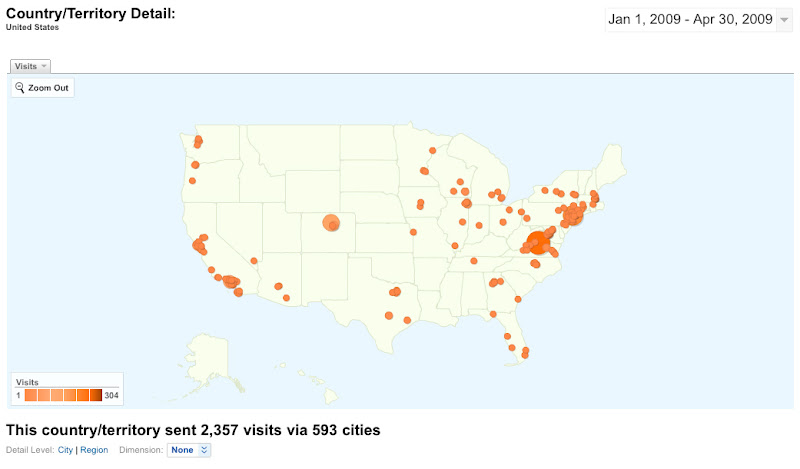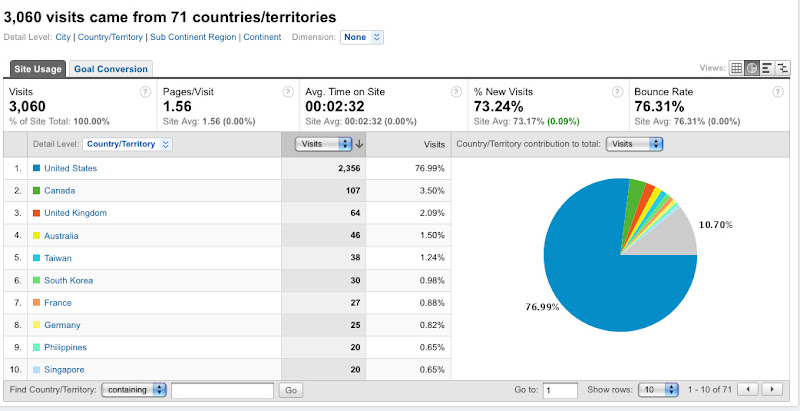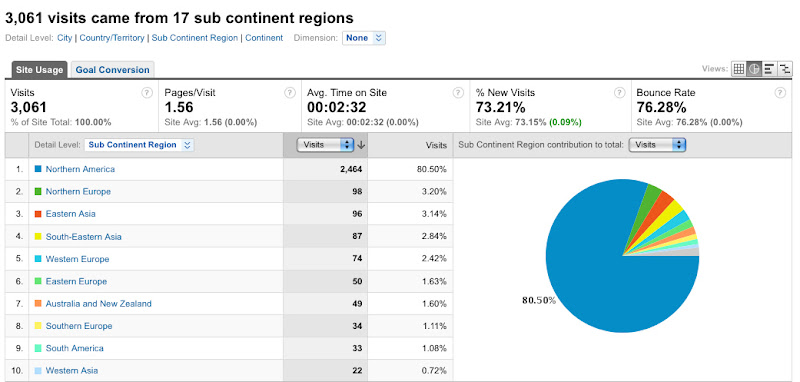At a coffee shop in downtown Dover, New Hampshire, I get a tweet from The Kominas about M.I.A.’s latest mixtape Vicki Leekx. I follow hyperlink included in the tweet and land on a blog post on MTVDesi that ruthlessly critiques M.I.A.’s mixtape (this post has been removed for some reason). The author claims that Vicki Leekx is the beginning of the end of MIA’s career. Meanwhile, The Kominas carries on a short conversation with its friend @bdvz in Sydney, both expressing support for M.I.A.’s politico-musical agenda. Quickly pointing at another link, I jump to M.I.A.’s mixtape site, created exclusively for her listeners to download her mixtape. A simple website, Vickleekx.com is presented with a design scheme reminiscent of web pages of the early to mid 1990s. A mash up of low-tech-looking images includes on the right, a large spinning globe, and the left, two identical overlapping screenshots of a browser window, a large “ViCKi LEEKX” banner in a shiny visually loud golden font. After downloading and zooming on the “clip art” graphics below the banner, hacking my way through the visual scheme of the website, I discover further graphical details, for instance, the text “United States Federal Reserve System” the embalm superimposed over an image of a globe. Other textual and image iconography of the Internet, I think, represents the polemics regarding freedom of speech and global communication in the so-called Internet age [image below]. Finally I click on the giant red “DOWNLOAD” button on the bottom of the page to download the mixtape file. Now listening to M.I.A. rapping about media freedom and Sri Lankan shoutouts over thirty-something-minute continuous mashup comprised of digital blips and samples of media cliche, I continue to browse the web.
Figure xx: Screenshot of Vickileekx.com, captured on January 12, 2011.
Born Mathangi “Maya” Arulpragasam, M.I.A. is a British rapper of Sri Lankan descent whose claim to fame worldwide was her song “Paper Planes” on the soundtrack of blockbuster hit Slumdog Millionaire (Boyle 2008). Daughter of a Tamil political activist, M.I.A.’s music centralizes political themes, especially toward immigrant rights, and expresses an audacity to challenge governmental and corporate authorities. Around the time she released her third album Maya in spring 2010, M.I.A. began to speak up about information politics and Internet censorship. In the midst of the heated discussions about WikiLeaks, over the exposing of confidential governmental and corporate documents via the Internet, the rapper expressed a public support for WikiLeaks. Last November, M.I.A. made an announcement of her (Internet) alter ego dubbed as Vicki Leekx.
Vicki Leekx is not a direct endorsement of, but a project perhaps inspired by WikiLeaks. Similar to WikiLeaks, M.I.A.’s alter ego (and mixtape) characterizes a possibility for social changes through disseminating cultural content on the Internet. WikiLeaks has posed a threat to national security; the U.S., China, Iceland, and Australia have filed lawsuits against the website. It has challenged the internatinoal financial infrastructures maintained by corporate power and control. Similarly, M.I.A.’s “Vicki Leekx” project targets those of media, cultural, and political power. Perhaps her penchant for conceiving of the Internet as a free space is affirmed by her recent battle with media censorship. After finding out that Youtube had pulled her controversial music video of “Born Free”, M.I.A. self-released the video by hosting the video on her website and announcing the link, along with a disparaging remark on YouTube.
More explicitly than WikiLeakx, Vicki Leekx is positioned within a postcolonialist, pro-minoritarian struggle, a political context that M.I.A. has articulated in her music and social media. The term “Vicki Leekx” is a phonetic play on “Wiki Leaks.” The phonetic substitution of a V for a W inflects with a South Asian accent within English pronunciation. In ethnicizing the English pronunciation of WikiLeaks, M.I.A. evokes the less heard colonized subject position of the desi in her project.
M.I.A.’s postcolonialist cyberpunk mission of VickiLeekx should not have come as surprise. The rapper began a music leakage project by hosting un-released tracks on one-off websites with provocative domain names, and then sharing the links on Twitter. She set off this leaking rampage by announcing yesthelittlepeoplewillneverwinbuttheycanfuckshitup.com during her North American tour in September 2010. Equally actively, M.I.A. shares news stories about politics around immigration, war crimes, and refugees from Sri Lanka on Twitter. She sometimes couples news story links with web leakage of un-released tracks. Along with a link to a news story about the asylum seekers in Australia, M.I.A. announced a newly created website called 4THEPEOPLEONTHEBOAT.com. Upon visit, the website automatically streams M.I.A.’s song “You Can Have My Money, But You Can’t Have Me”, and displays 8-bit moving graphics of a suspended spinning globe targeted by four rotating firing guns. In an earlier tweet, M.I.A. explains, “I PUT THIS OUT! I KNOW THE MEDIA GIVES CREDIT TO WHITE DUDES! that white dude playin poker gif is literal.” With this music video site, M.I.A. has crystallized a connection between her network music project and her interest in engaging a new digital cultural warfare for “the boat” people. In December 2010, she provoked her digital mission in explicit terms: “WE GROWIN UP IN MIDDLE OF A DIGITAL RUKUS! THEY CAN TRY TO FUCK US, I AINT PUTTIN ON THE STOPPERS WE GO BE HACKERS.. meds+feds+ in bed !” M.I.A. screams, in all caps, in order to advocate for a cyberpunk revolution among immigrants, refugees, and other subaltern groups that she has shown alliance for in the past (Powers 2010). M.I.A. dropped the mixtape online making the file downloadable after midnight on January 1, 2011. Ten days after she self-released her mixtape, M.I.A. tweeted a picture of children of South Asian descent (Sri Lankan?) huddling around four desktop computers. She dubbed the image as “!V!I!C!K!I!L!E!E!K!X! STREET TEAM ! 11/1/11”.
In a way, leaking a national security document is similar to immigration, a leakage of citizenry. Both instances challenge the borders of a nation-state. Both are symbolic infractions of the integrity of nation-states. Foregrounding a “leaky” logic, M.I.A. has created an immigrant frontier on the Internet via Vicki Leekx and her other music websites. In this cyberpunk space, the figure of the immigrant is spotlighted. It no longer lives in threat or on fringes of illegality. It lives in comfort, legalistically and existentially. M.I.A. is the mastermind gamer-architect behind the design of this space between fiction and reality; in it, the immigrant makes up the legitimate citizenry. More than 160,000 of her followers on Twitter, including me, happily wander within and around it.
This cyberpunk frontier is unlike the Orientliast one as characterized by Wendy Hui Kyong Chun in her contribution to edited volume AsianAmeric.Net (2003). Commenting on cyberpunk fiction and films of the 1980s to 1990s, Chun notes the racializing and engendering movements within the cyberspace. She highlights the dynamic of “high-tech Orientalism” in which an American (white) cowboy enters, through an act of penetration, into a disembodied, virtual space of erotic fantasies of the Orient. High-tech Orientalism enables the cowboy to “erase his body in orgasmic ecstasy…such sexual fantasies and conquest, for this orgasmic ecstasy constructs cyberspace…as a solipsistic space” (2003: 15). M.I.A. is not an “Imperial console cowboy” (203:18). Playfully and performatively, M.I.A. identifies herself as a post-national immigrant orphan-child while stating a cyberpunk mission to tear down the imperialist structures.
In Cybertypes, Lisa Nakamura offers a critique of the discourses that characterize, overly optimistically, the Internet as a borderless space in which users, like tourists, can easily consume the culture and image of the distant Other. In this new media terrain, Asians, especially immigrants, are digitally type-casted or “cybertyped” as “exemplary information workers” (2002: 24). “The presence of black and brown faces from other countries, notably Asian ones, encourages white workers to inhabit a virtually diverse world, one where local racial problems are shuffled aside by a global and diasporic diversity created by talented immigrants as opposed to ‘hyphenated Americans.’ This is a form of tourism, benefiting from difference in order to make the American/Western self feel well-rounded, cosmopolitan, postracial” (2002: 22-3).
Not true. Not entirely. The Internet is not one giant blob of space. In fact, there is not one single cyber space, as there are multiple cyber spaces. And there are borders and boundaries—software- and hardware-dependent—that bind and separate these cyber spaces. During my digital field research, I discovered a hard server divide when I was harvesting locale data of the Myspace friends of The Hsu-nami, a New-Jersey-based band. The “bot” (program) that I wrote “broke” in the process of web-mining. In troubleshooting, I found that Myspace is in fact, not as global as it has promised itself to be. The Myspace user networks of all countries in the world exist in a server located in U.S., with the exception of the users of Myspace China. Hosted by a server in China, Myspace China is itself own space apart from the rest of Myspace networks in “the world.”[1]
In my research, I follow Nakamura’s critical race perspective, except that I, as a cybernetic investigator, place my investigative focus on a cultural process, more reparative than hers. I concentrate on the exploration of the alternative terrains and their associated borders reconfigured by individuals of Asian descent. As described in my last post, I have worked, through a set of digital tools, to highlight both global and diasporic particularity, centralizing the perspective of in-between subjectivity of both “hyphenated Americans” and their immigrant friends. What I’m after is not a postracial, but a post-national network built by musicians of various Asian affiliations.
Like M.I.A., I’m an immigrant child who relishes in the post-national space proffered by the Internet. Less a rapper/punk-diva figure than M.I.A., I’m a cyberpunk ethnographer. Or better yet, I’m a cyberpunk cartographer working to reconfigure this space however susceptible to sexual fantasy and imperial conquest. In a way, I am working to reorient the existing fantasies and desires projected by imperial and corporate cowboys. I am taking pleasures in navigating within and mapping a world created and occupied by people like me: marked by category of “Asian,” “immigrant,” or lost somewhere in the cracks between other geographical and social boundaries.
[1] The software disconnection between China and the United States (and the rest of the world) on Myspace is maybe a product of the financial and political relationship between the countries. In order to follow up this inquiry, one could search news stories about company structure and changes of Myspace. For more detail, read David Barboza’s article “Murdoch Is Taking MySpace to China”, April 27, 2007. http://www.nytimes.com/2007/04/27/business/worldbusiness/27myspace.html (accessed on January 13, 2011).






 bio
bio